Five years after being diagnosed with acromegaly, British scientist Peter Scott-Morgan was recently pronounced dead.
On June 15, Peter's family announced the sad news via Twitter.
It is sad to inform you that Peter passed away peacefully surrounded by his family and close friends. He was immensely proud of all those who supported him, and his vision to change the way people view disability.
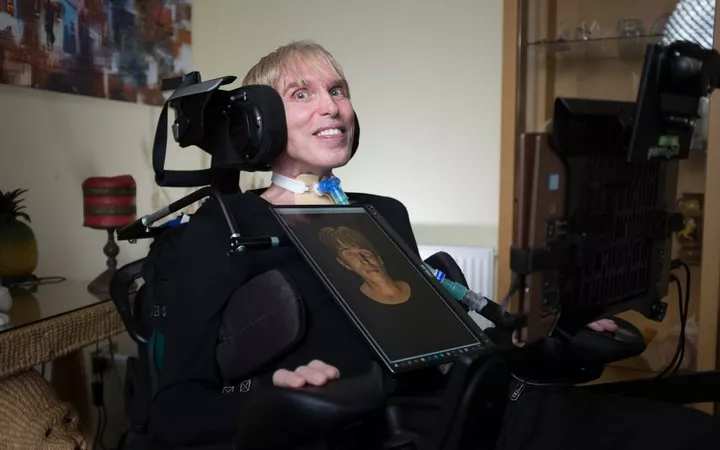
If you compare Peter's life to a movie, there are probably two pictures before and after.
Prior to 2017, Peter was a small-time accomplished robotics scientist with a PhD from Imperial College London, eight books on the subject, and more than 1,000 lectures worldwide, to put it mildly.

In 2017, Peter was diagnosed with acromegaly and doctors judged that he only had 6 months to live. Reluctant to resign himself to his fate, he transformed himself into a 'half-man, half-machine' through multiple surgeries and evolved into 'Peter 2.0' with the help of eye tracking, voice synthesis, avatar and other technologies.
Using himself as a guinea pig, he turned science fiction into reality, bringing inspiration and light to people with disabilities ...... Despite many unfinished business, Peter's life stopped at the age of 64.
This is the moment he decided to become a Cyborg
The acromegaly that afflicted Peter, medically known as amyotrophic lateral sclerosis (ALS), also known as motor neuron disease (MND), is a terminal illness that is crueler than cancer.
As the disease progresses, the motor neurons in the brain and spinal cord gradually degenerate, causing muscle atrophy, and eventually the body becomes unable to move, speak or eat, or even breathe, as if it were 'frozen'.
Stephen Hawking, the famous physicist, was stuck on top of a wheelchair for most of his life because of this disease.
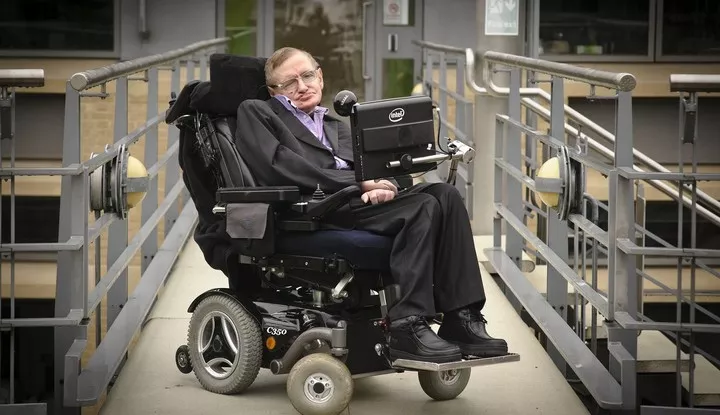
The first time I was diagnosed with acromegaly was when I was 21 years old.
In an online interview with DXC Technology in January this year, Peter, with only his brain and eyes left to move properly, had this to say.
My brain is frantically trying to communicate with the outside world, but all I can do is roll my eyes ...... It's like I'm living in my own universe and can only tap Morse code to others to communicate.
Underpinning Peter's completion of the interview at the time was a series of 'outboard mechanics' and technical integration -
He has 4 tubes wired into his body for eating, breathing and excretion. An eye-tracking device and the same AI software as Stephen Hawking help him express his thoughts smoothly. His textual thoughts are quickly converted to speech and narrated by a synthetic voice; at the same time, Peter's avatar is making lip changes, rhythmic pauses and head shakes in response to the content of his voice.

▲ Peter and his partner in an online interview
This "half-human, half-mechanical" form of Peter is called a cyborg.
The term "Cyborg" first appeared in the 1960s to refer to a fusion of humans and machines, and is quite common in science fiction and film, such as DC's superhero Steel Bone and the Major of Attack of the Show.
Unlike robots (robots), Cyborgs emphasize thinking by the human brain and bringing in enhanced abilities through mechanical accessories.
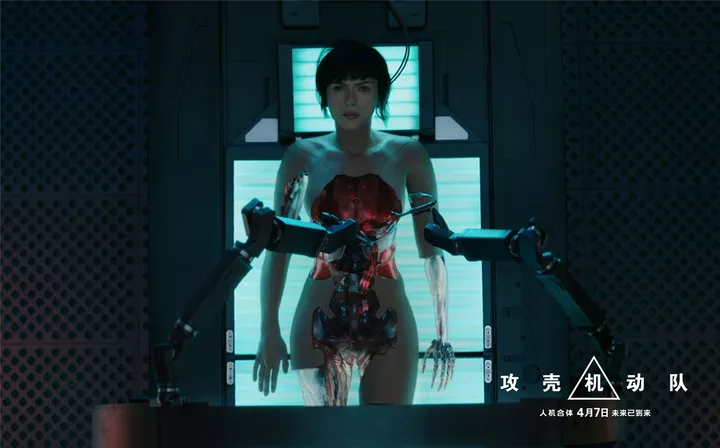
▲ Photo from the movie "Attack of the Blockbusters
After being diagnosed with acromegaly, Peter did a lot of research and soon had a comprehensive plan to transform his body. The first step was the "tripleostomy".
The so-called "triple stoma" is actually three surgical procedures: a gastrostomy, a colostomy, and a cystostomy.
Doctors inserted tubes into his stomach, colon and bladder to not only solve feeding and elimination problems and prolong life; they also alleviated the inconvenience of daily care and allowed Peter to live with a little more dignity.
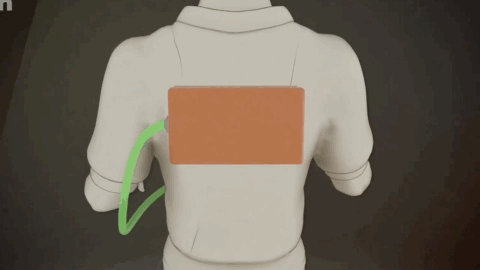
▲ Diagram of "Triple Stoma"
Because there was no precedent for anything like it, Peter's radical and risky idea caused great controversy in the British medical community. People could not understand why he would want to harm his own healthy organs, while doctors refused to operate on him because of the risks associated with surgical anaesthesia, such as possible obstruction of breathing and aggravation of his condition.
Finally, after layers of persuasion, in July 2018, after 3 hours and 40 minutes of surgical time, Peter had an external life-sustaining system. And this unprecedented three-in-one surgery has turned the direction of medical treatment for acromegaly on its head, bringing new thinking.
The British TV Channel 4 documentary Peter: The Human Cyborg captures the reality of Peter before and after his surgery at the time.
▲ Trailer for Peter: The Making of a Human Cyborg
Before the surgery, he said with anticipatory excitement, "I'm going to be a human mouse! It's like a science experiment, and whether the surgery turns out well or not, we'll learn from it and do better the next time."
After the operation, he lay in his hospital bed smiling and showing the camera, "Look, this is my brand new interface, this is the input tube, this is output tube 1, output tube 2 ......"
Peter 2.0, make the best partner with AI
After completing the 'triple stoma', Peter continues to follow the technology he believes in and fights back against fate.
All my early science education came from Doctor Who and Star Trek. They taught me that if you are smart and brave enough and have access to technology, anything is possible.
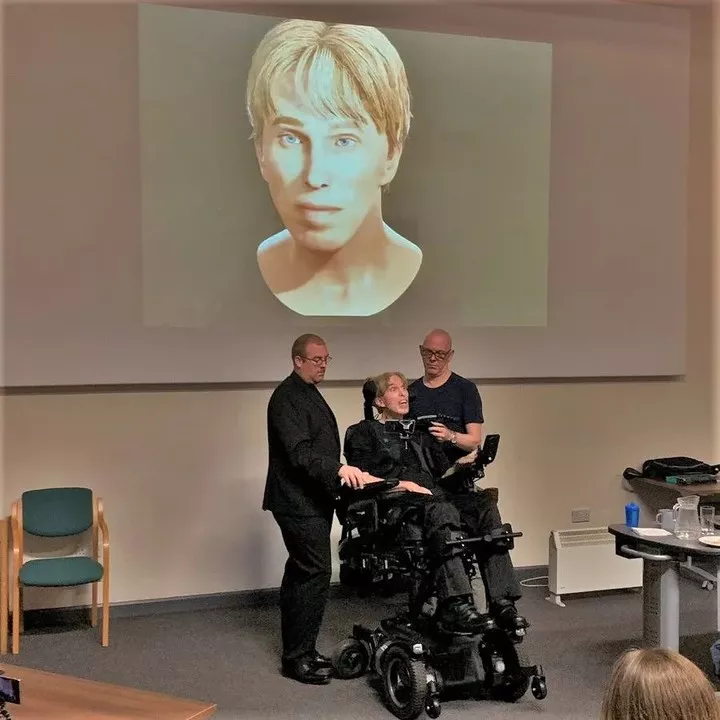
▲ Peter has been active in speaking out and sharing his "science experiments" with the public.
Peter discovered through his data collection that the loss of the ability to speak is most frustrating for people with acromegaly. Even with the accuracy of existing text-to-speech software, it does not allow these 'souls trapped in their bodies' to express their personalities and communicate their emotions.
In 2018, while his ability to speak was still intact, Peter approached voice technology development expert Dr. Matthew Aylett and the company he works for, CereProc, to 'keep' his voice.
Also, considering that acromegaly can also cause Peter to lose his facial expressions, he went ahead and contacted Embody Digital for facial motion capture to create a vivid and realistic 3D virtual avatar.
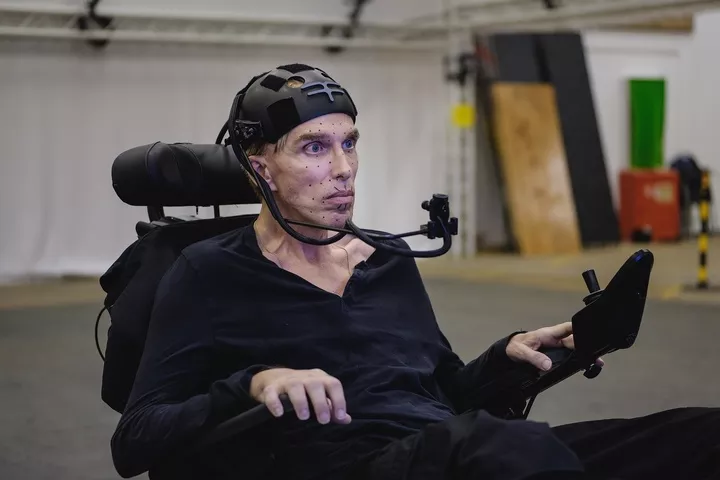
Hawking's rather stiff-sounding 'machine voice' came from 1986 speech synthesis technology, which he used until the end of his life because he couldn't find a more preferred alternative.
But not Peter, who wanted the day's offspring to sound like a real human being for vocalization.
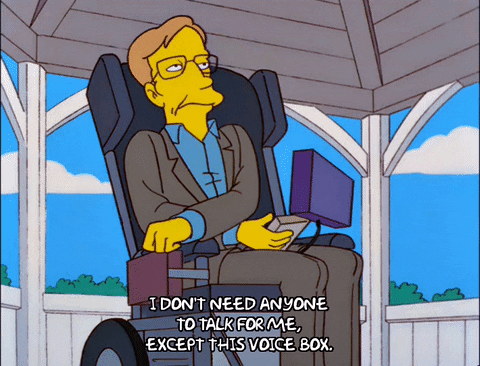
▲ Stephen Hawking's iconic synthesized 'machine voice' has also appeared in a number of films and TV shows
The whole project took over 1 year. Peter spent weeks in the studio, leaving behind over 15 hours of audio, over 1,000 phrases, and different expressions of calm, anger, and excitement, which were then handed over to the AI to learn to imitate.
By the time Aylett delivered the finished product, Peter was having some difficulty speaking and he would undergo a total laryngectomy and lose his voice in 3 months.
Luckily, after countless optimizations, Peter's voice synthesis worked just fine, and they even got the voice to sing. Hearing his own similar timbre singing "Pure Imagination", Peter was first shocked in that moment, his eyes reddened and he couldn't speak for a long time.
▲ Peter's avatar & Synthetic sound effects
Peter also needed a solution that would allow him to export his ideas freely; after all, the ability to move his fingers was one of the things he would eventually say goodbye to.
At first he was interested in brain-computer interfaces, but found the output too inefficient and eventually decided to go with eye-tracking.
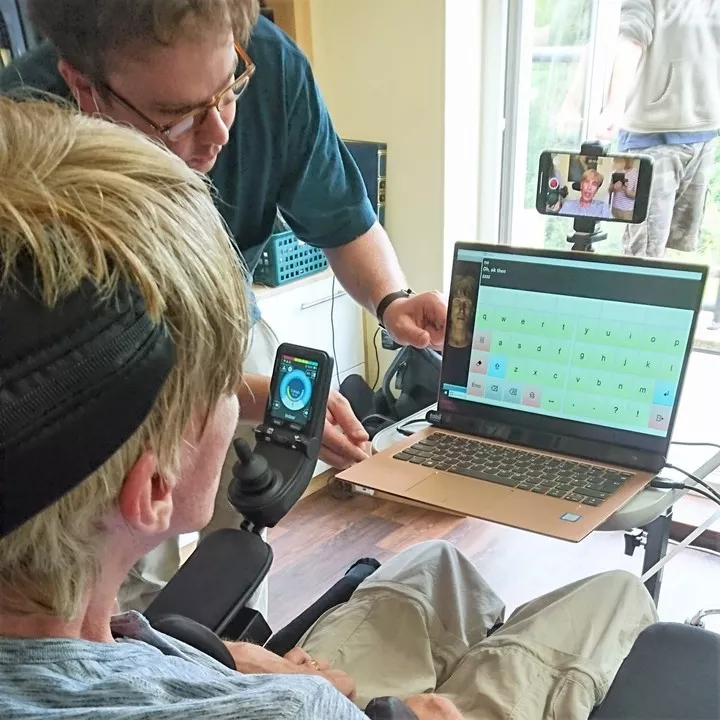
Then Peter met Lama Nachman, head of Intel's Expected Computing Lab, who had developed a context-assisted perception toolkit (ACAT) when she upgraded the speech synthesis system for Stephen Hawking a few years earlier.
Before, Hawking typed by twitching his cheek muscles and could only hit 1 word a minute. With ACAT, however, Hawking's speech is more than twice as fast - because the AI is constantly learning Hawking's expressions, he only has to type about 20% of the letters and the system can quickly predict the next word to use.
This open source software, naturally, is also great for Peter to use to improve communication efficiency.
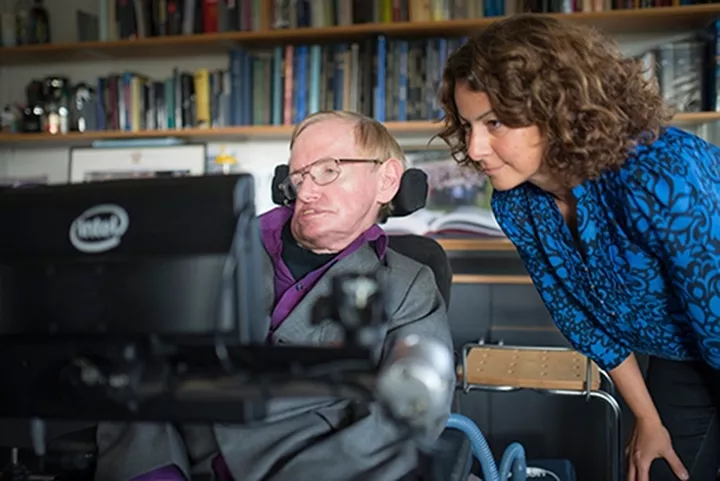
▲ Nachman has helped Stephen Hawking upgrade his speech synthesis system
Nachman found that although both are scientists, Peter and Hawking have very different approaches to AI.
Hawking loves to correct the AI, always wanting to have complete control, and what he says and writes has to be exactly as it is in his head. Peter, on the other hand, sees AI as a partner, and he's even willing to use it in more life situations to see what clever and interesting surprises it can produce.
In Peter's view, the relationship between humans and AI is like 'director vs. improvising actor'.
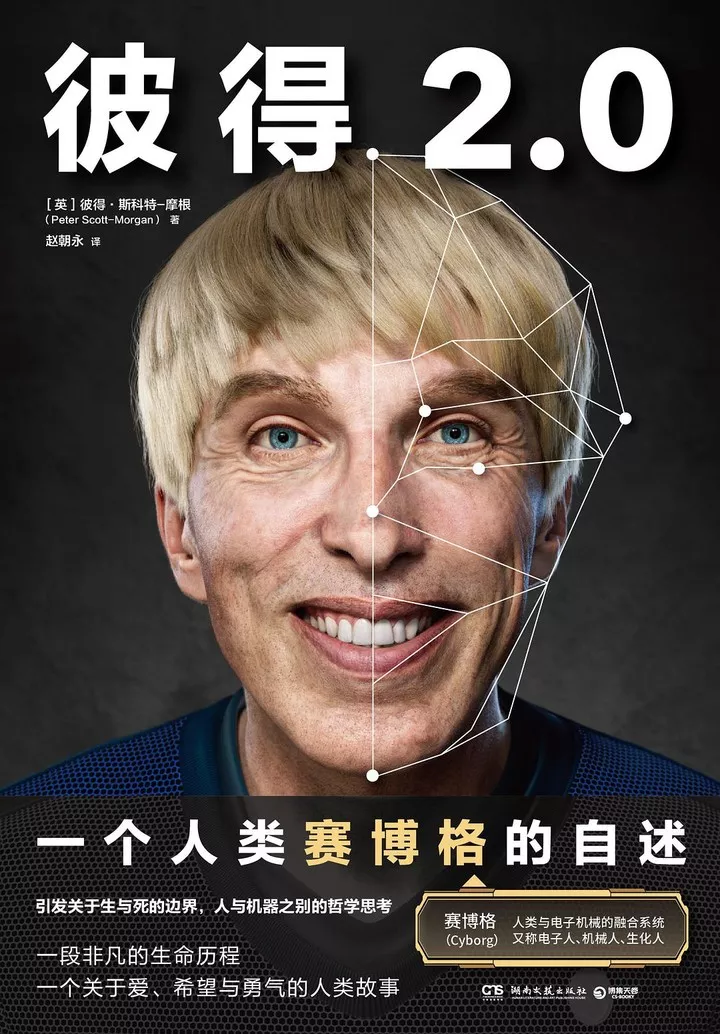
▲ Peter's autobiography "Peter 2.0", 1/4 of which was written via eye tracking
No matter how wary Hollywood blockbusters are of AI making humans extinct, the 'Peter director' in front of us seems to be hopelessly optimistic and confident about AI.
In an interview with the public website 'One Article', he had this to say.
I believe that the best state for humans in the future is for humans and AI to work together as human-centric AI. In other words, AI and humans live in harmony, not as separate performances of each of them, but as interdependent and synergistic with each other.
Everything was ready to go. Out of survival necessity, in October 2019, Peter completed a radical total laryngectomy, where doctors separated his esophagus and trachea and tapped into a new tube for breathing. Peter lost his voice completely and officially said goodbye to Peter 1.0.
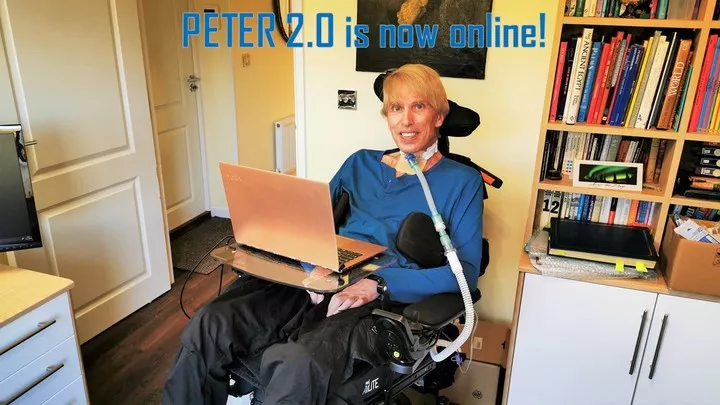
1 month after the surgery, Peter announced loudly on social networks, "Peter 2.0 is online! With all kinds of AI enhancements, Peter became a complete Cyborg.
I will continue to evolve, I am dead as a human, and I will live on as a "Cyborg" in the future.
What happens when a Cyborg dies?
Peter's passing did not come without warning.
On April 8, Peter said on social networks that acromegaly has made it difficult to close his eyes because they are dry and he can't use eye tracking to communicate with people.
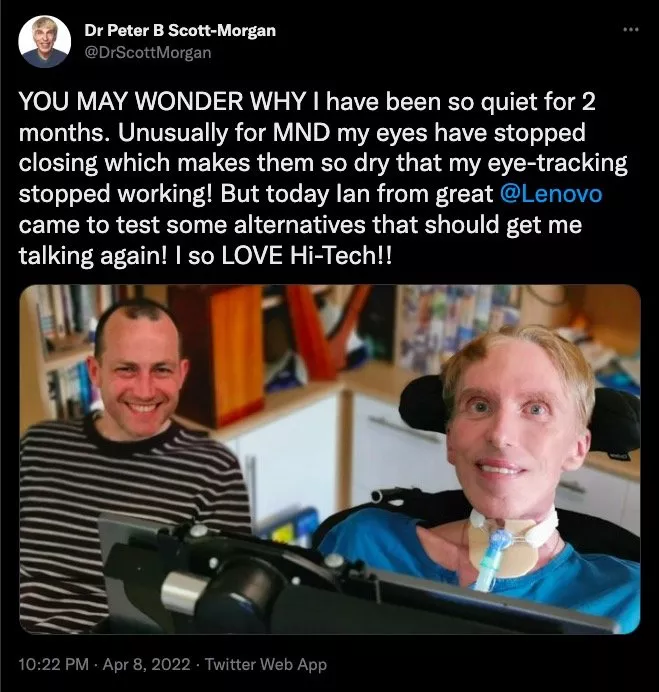
▲ Ian (left), a Lenovo staff member, came to help Peter test other alternatives
On May 4, Nachman visited Peter with Bruna Girvent, a brain-computer interface expert from Intel, who is pictured wearing a brain-computer interface device and experiencing intentional communication.
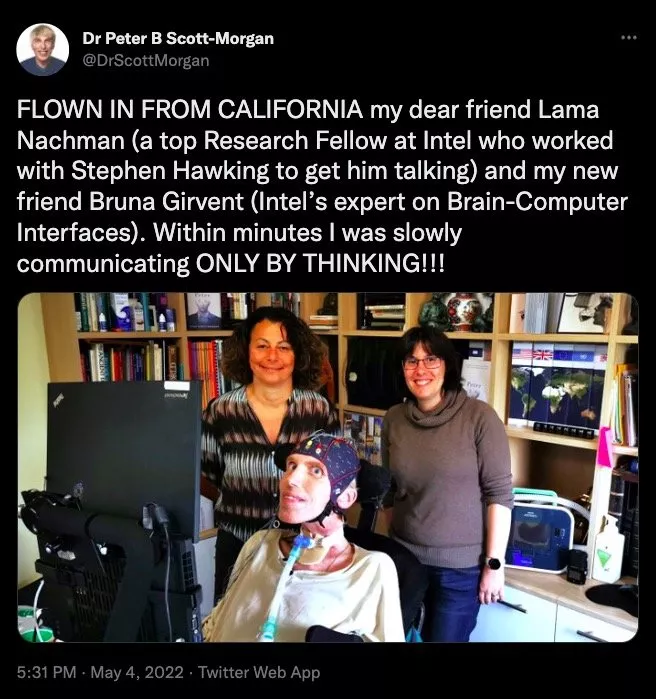
▲ Lama Nachman, Head of Intel's Expected Computing Lab (back left), Bruna Girvent, Intel's Brain-Computer Interface Specialist (back right)
Both tweets actually delivered the not-so-optimistic news that Peter's condition had deteriorated further. But he still flashed his signature cheerful smile in the group photo, staying upbeat between the lines: 'I'm really super into tech!
If he hadn't stopped at 64, Peter would have been able to witness many more exciting imaginings come to life.

Experts are further training the AI Peter is using, and when it is more powerful, it will be able to tell who Peter is talking to, quickly analyze past conversations between the two, and then provide contextually appropriate suggestions.
Peter's speech synthesis is also growing, as it has learned to say "hello" in Chinese and even sing French songs fluently. His next-generation avatar is more detailed and realistic, and will be able to synchronize facial expressions such as smiling, laughing, and raising eyebrows based on real-time speech synthesis and semantics.
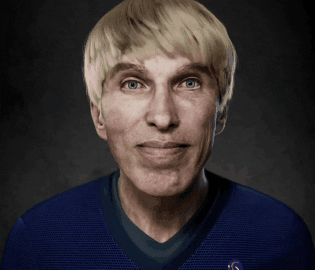
In addition, there are more present tense items -
An AI self-driving wheelchair that applies automotive industry technology hopes to take Peter 'boldly to places no wheelchair has ever been'.
A smart home project tailored to Peter will sense and respond to Peter's needs in a timely manner through hardware and software such as smart thermostats, smart light bulbs, and bio-sensors.
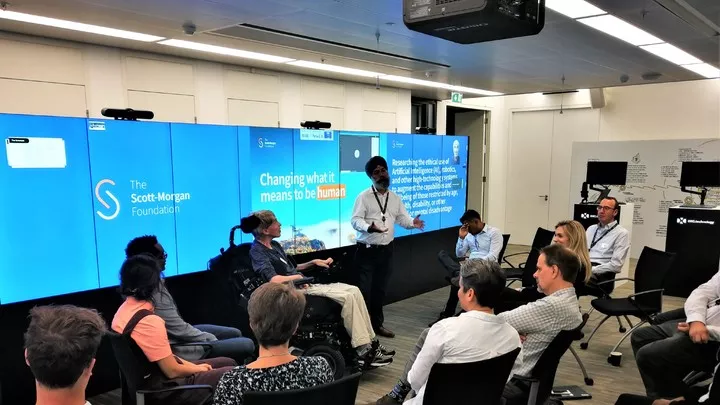
▲ Peter's transformation from human to cyborg, with a 'think tank' from around the globe behind him
In any case, Peter has left us with countless insights into the future.
In 2019, Peter founded a charity with his partner, The Scott-Morgan Foundation.
The technologists, designers, doctors and others who have helped Peter with his Cyborg transformation, as well as the corporate organizations they work for such as Intel, Lenovo, CereProc, DXC Technology and others, have all met here because of this unconvincing 'human mouse'.
Peter refers to these like-minded allies as 'The Rebels'.
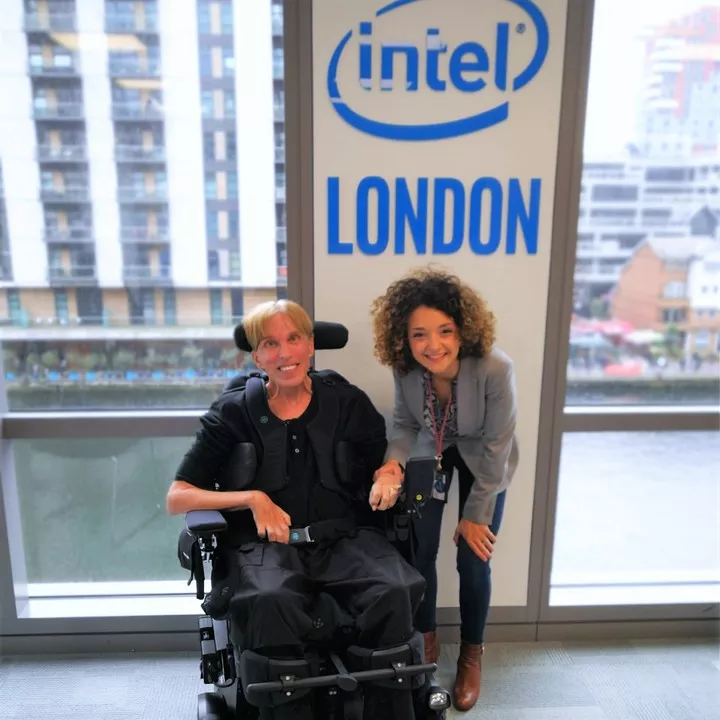
Although Peter has passed away, the Foundation will continue to operate and related research will continue.
The "rebels" will continue to use artificial intelligence, robotics, voice synthesis, virtual reality, and other high-tech systems to change the lives of those limited by age, health issues, disabilities, and more. Research findings that are mature enough will be open-sourced in the future for those in need.
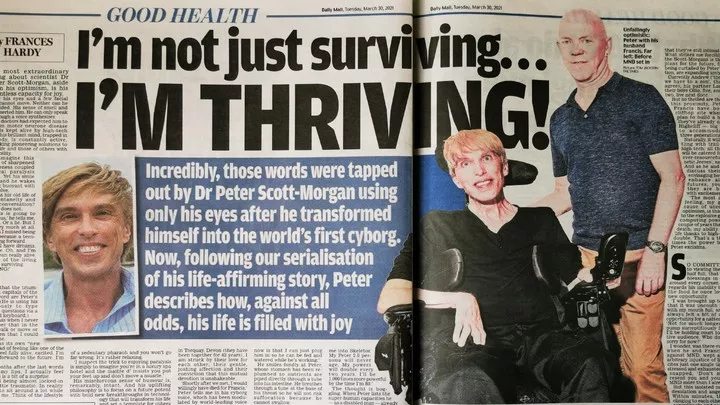
What really happens when a Cyborg dies?
Peter has also pondered this question and believes that if enough life data is recorded and the AI evolves to a sufficient level of maturity, then when his biological self dies, the AI can completely continue his nature and take over.
When one's consciousness is so closely interwoven with the technology around them, perhaps biological death, no longer means eventual death. This is what I am trying to make the reader aware of, that a new era of humanity is coming to most people alive today.
It's just a shame that he didn't have enough time to experiment.
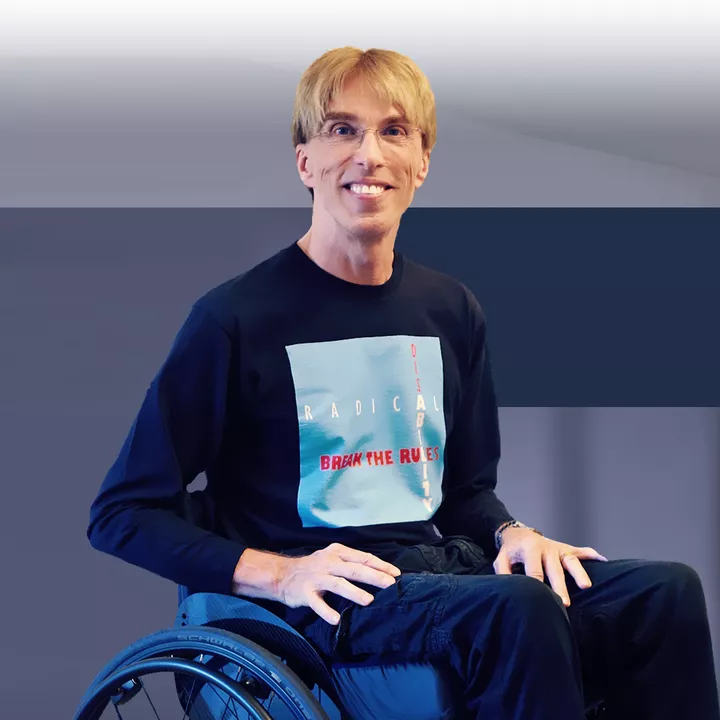
▲Peter before the "triple stoma", when he was not too sick
At the end of the documentary Peter: The Making of a Human Cyborg, Peter, who has had a total laryngectomy, is waiting for a wheelchair with "three heads and six arms" to arrive at his home.
Cameras, eye-tracking devices, voice synthesis ...... Peter was as eager to experience it as a child would be to get a long-awaited toy. He happily says to the camera.
It's really exciting to be alive! This isn't the end, the fun is just beginning!
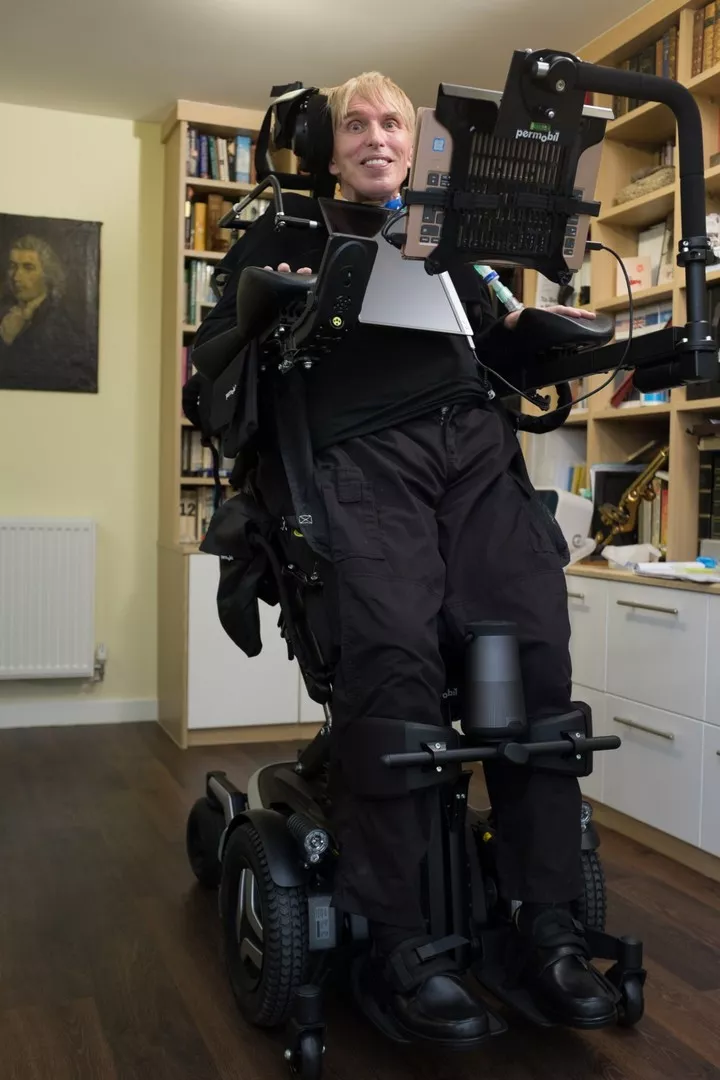
Peter's departure is not the end either.
He gave his life to open a new beginning for us.